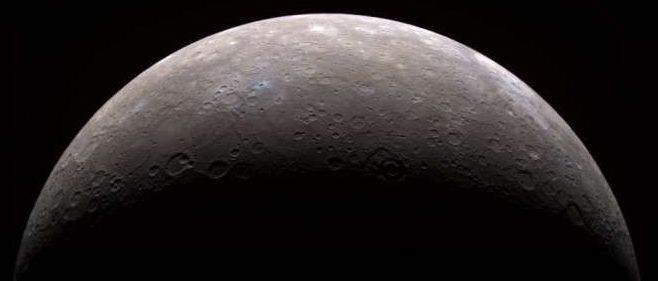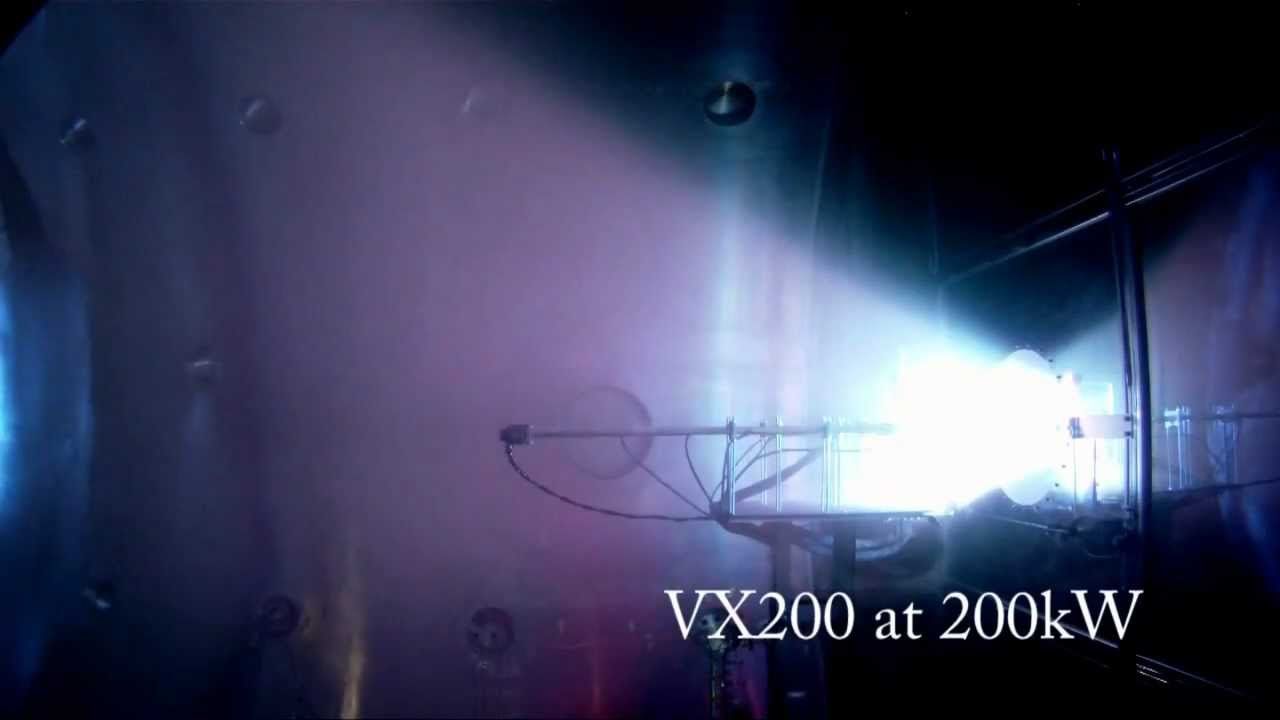Aug 8, 2016
Navigating in deep space: The recipe to make Interstellar travel a reality
Posted by Klaus Baldauf in categories: robotics/AI, space travel
An accurate method for spacecraft navigation takes a leap forward today as the National Physical Laboratory (NPL) and the University of Leicester publish a paper that reveals a spacecraft’s position in space in the direction of a particular pulsar can be calculated autonomously, using a small X-ray telescope on board the craft, to an accuracy of 2km. The method uses X-rays emitted from pulsars, which can be used to work out the position of a craft in space in 3D to an accuracy of 30 km at the distance of Neptune.
Pulsars are dead stars that emit radiation in the form of X-rays and other electromagnetic waves. For a certain type of pulsar, called ‘millisecond pulsars’, the pulses of radiation occur with the regularity and precision of an atomic clock and could be used much like GPS in space.
The paper, published in Experimental Astronomy, details simulations undertaken using data, such as the pulsar positions and a craft’s distance from the Sun, for a European Space Agency feasibility study of the concept. The simulations took these data and tested the concept of triangulation by pulsars with current technology (an X-ray telescope designed and developed by the University of Leicester) and position, velocity and timing analysis undertaken by NPL. This generated a list of usable pulsars and measurements of how accurately a small telescope can lock onto these pulsars and calculate a location.
Continue reading “Navigating in deep space: The recipe to make Interstellar travel a reality” »


















